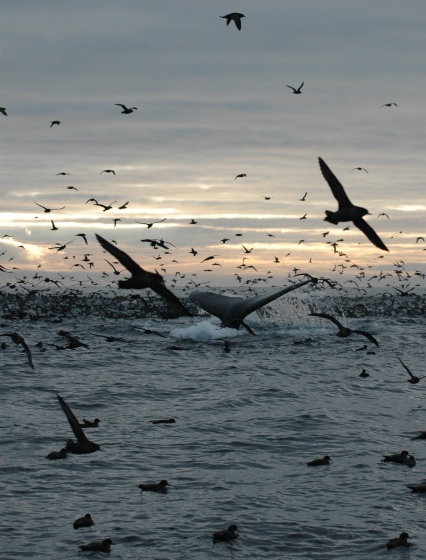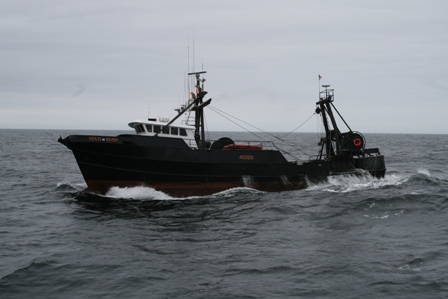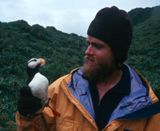Don’t trust that twinkle in Jacques Cousteau’s eye!


And, don’t be fooled by the idyllic photo that my friend Amanda M. took at her field site on Palmyra Atoll…
I’m here to remind everyone that Marine Science is not always bikinis, cocktails, warm sand, and sunsets.
(hmmm… should I have read the fine print before signing up? Shelby, do you need a field assistant in Panama?).
There is much to be studied in the cooler latitudes, and the abundance of marine birds and mammals truly defies description.

Perhaps the greatest challenge in working at high latitudes is the weather. Specifically, what the weather can do to you while you’re working on the ocean!
Research time at sea is always an adventure, and usually it is a grand and engaging one at that. But it can also be tiring, physically uncomfortable, and monotonous… or even a little too thrilling! A friend of mine that sails frequently describes long ocean crossings as “days of boredom interrupted by moments of absolute terror”.
This summer I spent another 28 days out on the Bering Sea, studying the foraging ecology of seabirds and fur seals. This was the second and final summer of data collection for my thesis work, which is funded as a component of the North Pacific Research Board’s Patch Dynamics Study http://bsierp.nprb.org/focal/patch.html.
I spent my time on the contracted vessel R/V Gold Rush, which is a 99’ trawler that spends most every day of the year working in the Gulf of Alaska and Bering Seas.

As you might expect, this ship is sturdy, well-maintained, and operated by a very skilled and competent crew. Nonetheless we did encounter some ocean conditions that slowed our progress and reminded us just how small we were…
Posted by:



